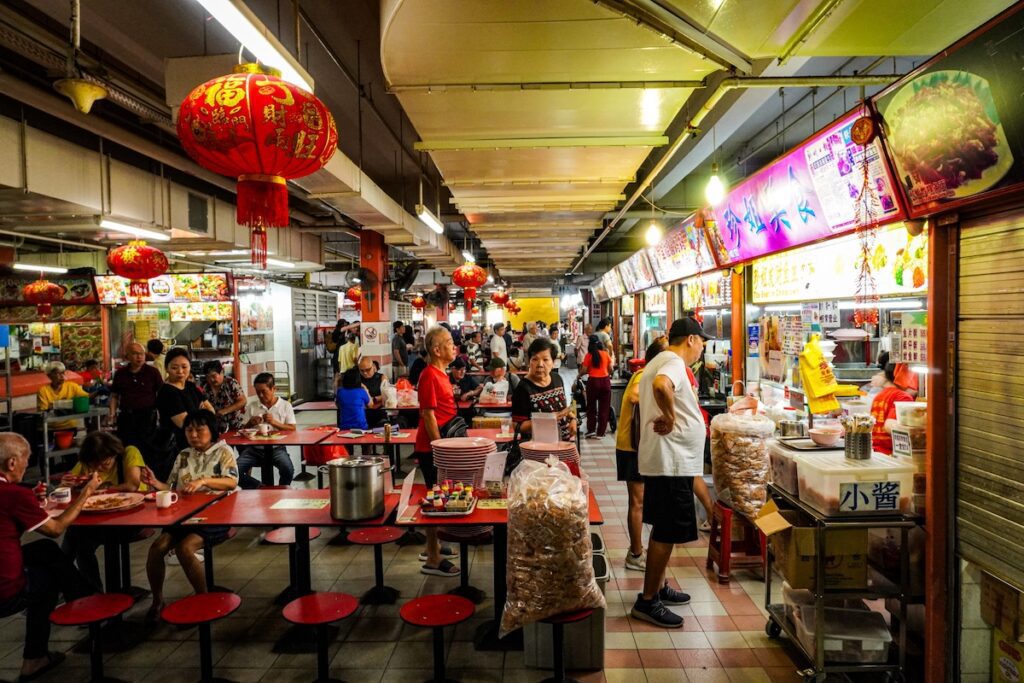
Singapore Snapshots: 3 Days in the Lion City
Singapore has a feline identity crisis; known as both the Lion City and one of the four Asian Tigers. Within the span of a few decades, Singapore went from much of its population living below the poverty line to one of the wealthiest countries by per capita in the world. It was fascinating to finally visit a place I had studied so much about for its economic prowess and rapid urbanization.
Jeff and I, as part of our Asia Trip traveling with Jeff’s dad, spent three days walking, eating, and sightseeing our way through Singapore. Though the time was short, the dinner bills were long. And the food was not the only thing leaving our mouths agape: we were awed by the integration of urban and nature and intrigued by the confluence of cultures.
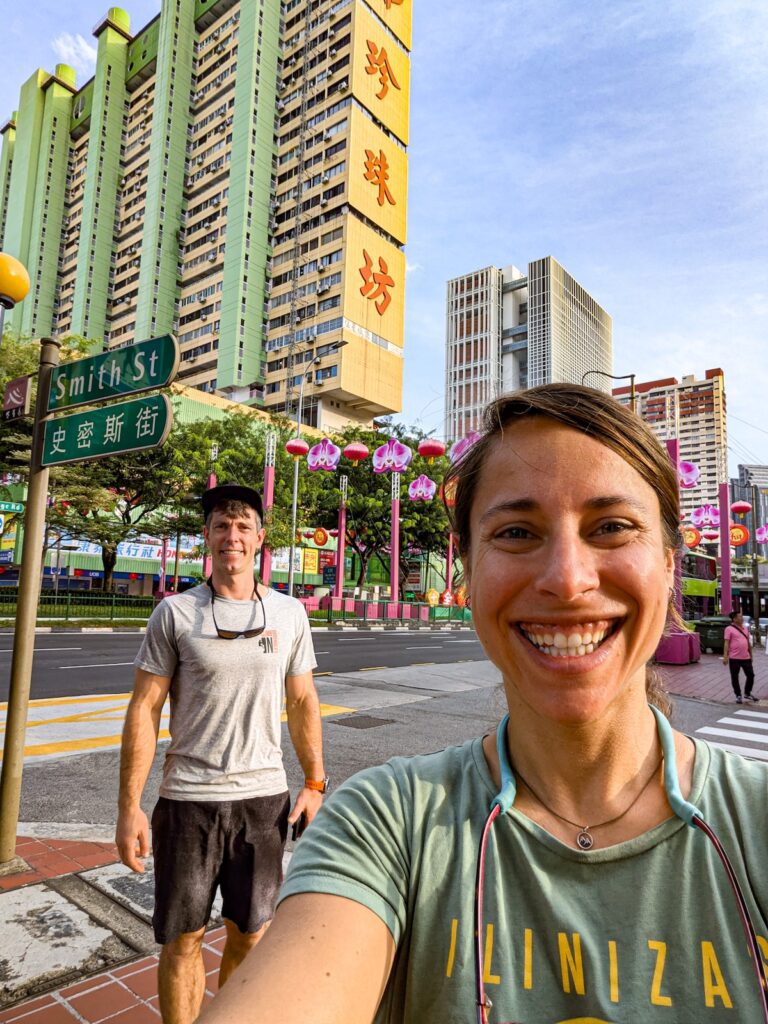
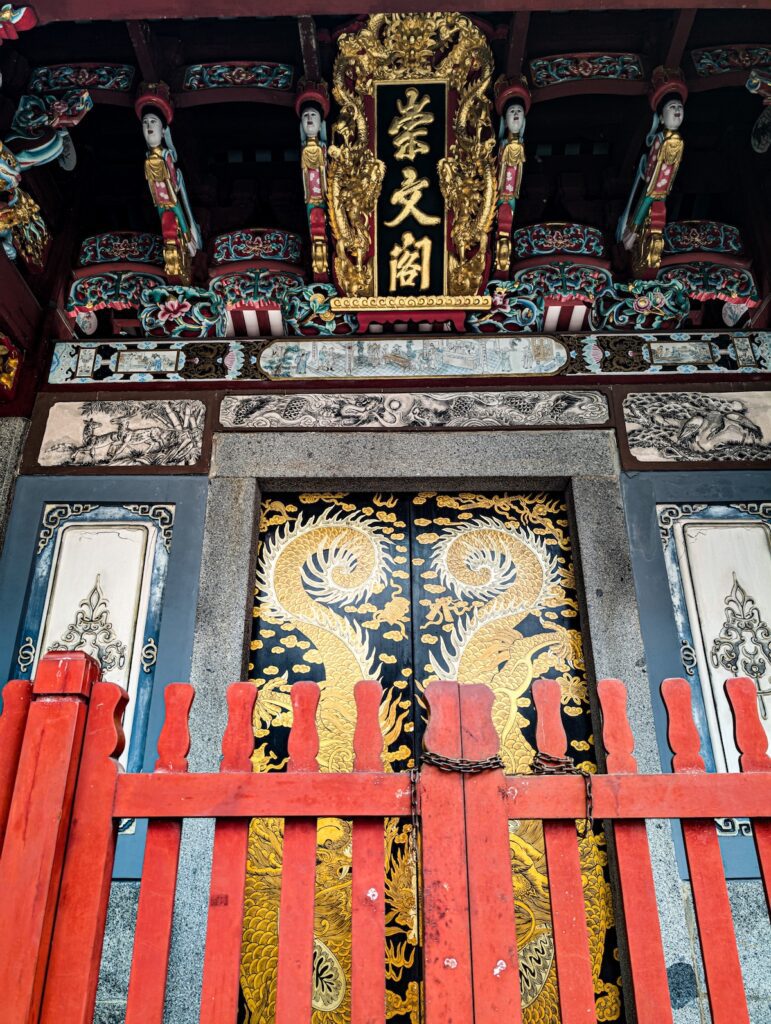
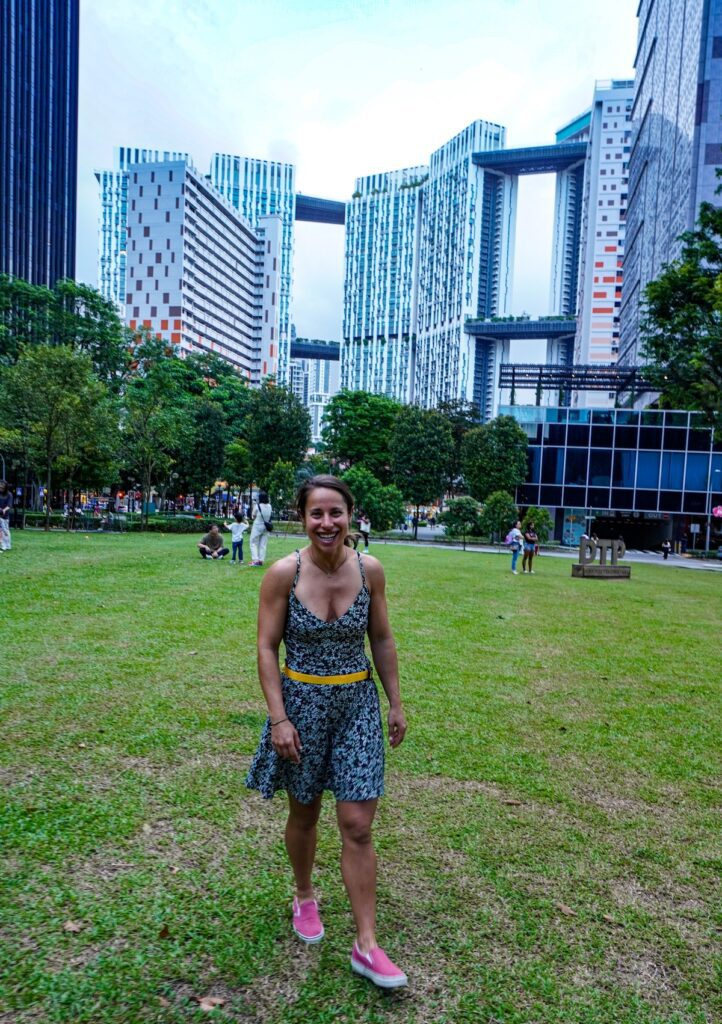

Crossroads of Asia
Singapore is a land of immigrants. The small island-nation was populated by only a few thousand people as late as the 1800s. The British later established it as a central trading port between East and West, attracting migrants from all over the region – China, Malaysia, India, Indonesia etc. Singapore became an Asian melting pot. Today, 80% of the population is ethnically Chinese, 15% Malay, and 7.5% Indian, with English and Chinese used as the primary languages.
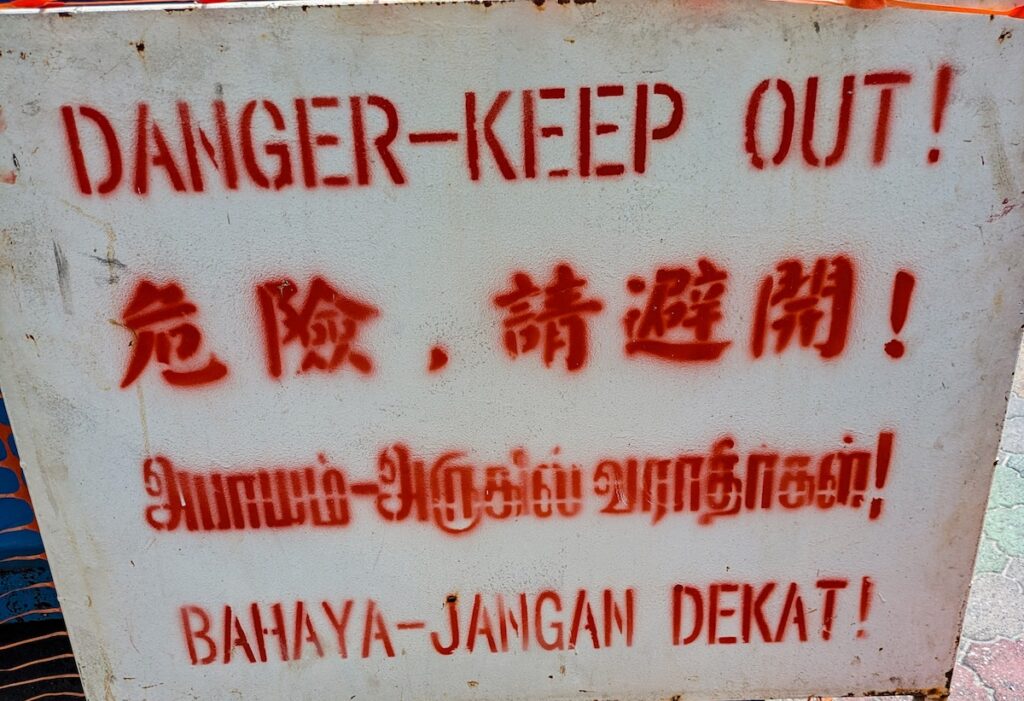
Many of these immigrants settled in districts throughout the city-state, which are like microcosms of their native countries. We spent long days trekking through the city to visit such districts as Chinatown, Little India, and Kampong Glam. It’s obvious when you arrive within a district: everyone is speaking the language of the namesake’s dominant ethnicity, the food is from the origin country, as well as the religious temples. As a multiracial and multicultural society, Singapore has been intentional about fostering harmony between groups. Singapore stands relatively high internationally on measures of social cohesion and it left that impression on us as visitors too.
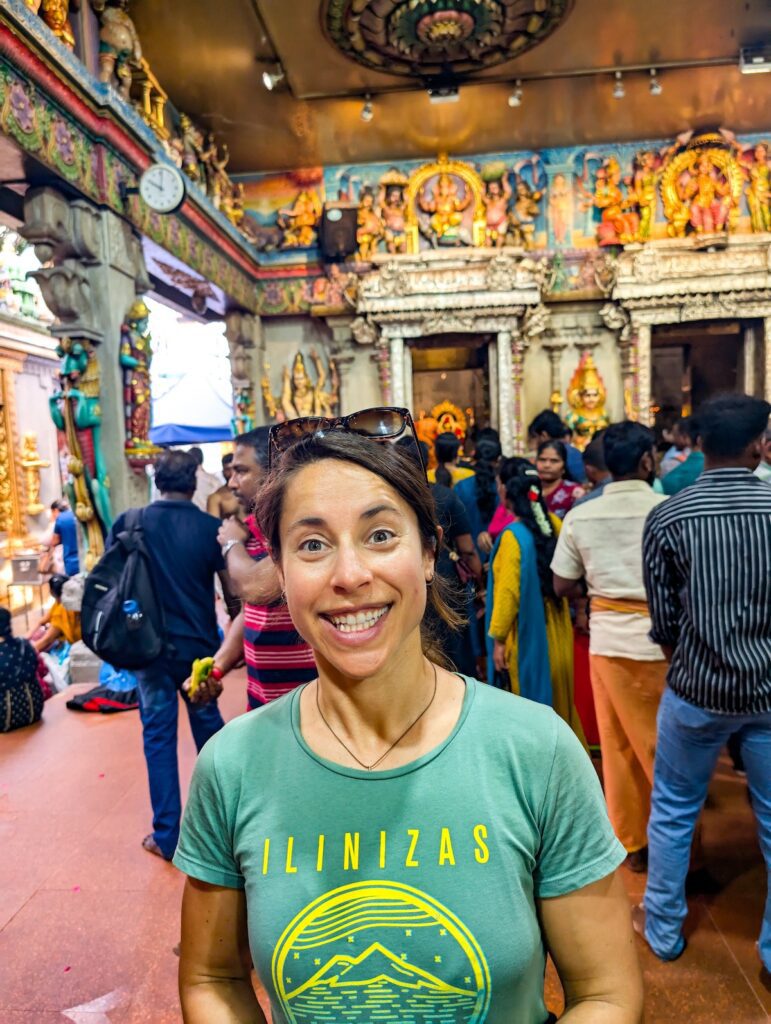
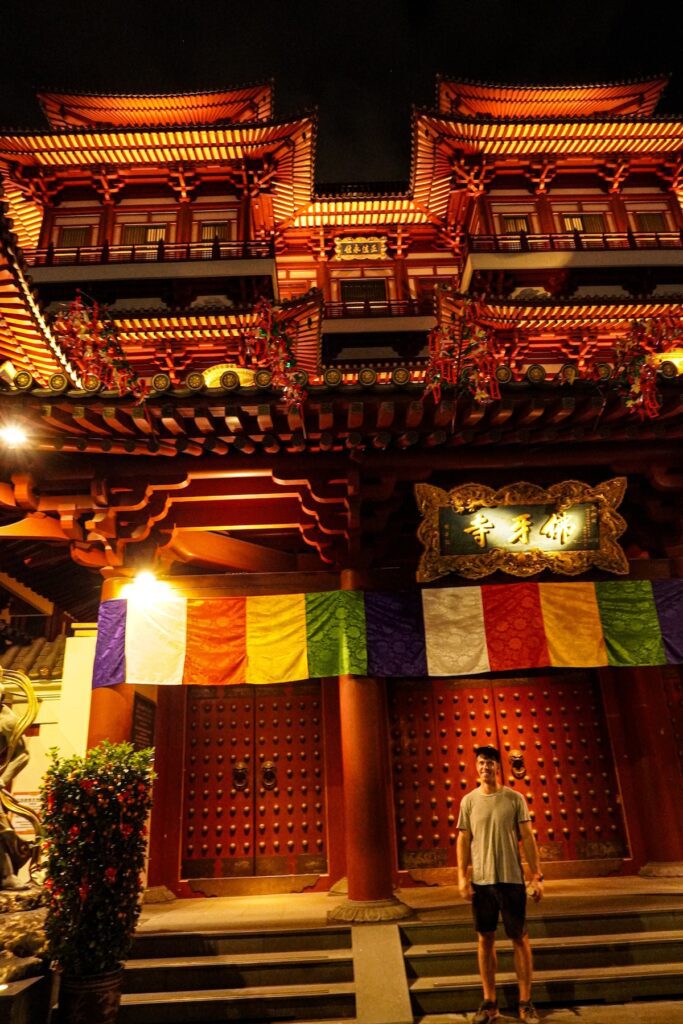
Urban Evolution
The architecture in the main downtown reflects the changes the city has undergone. Colorfully painted Victorian age buildings stand next to modern skyscrapers. Singapore is known for leading the way in terms of “green” buildings – blending nature and man-made materials. We stayed in the Oasis hotel, perhaps the most famous green building there, and aptly named. We spent hours hanging out in the reception area which was open to the outside and lush with trees and plants. Not a typical hotel experience.
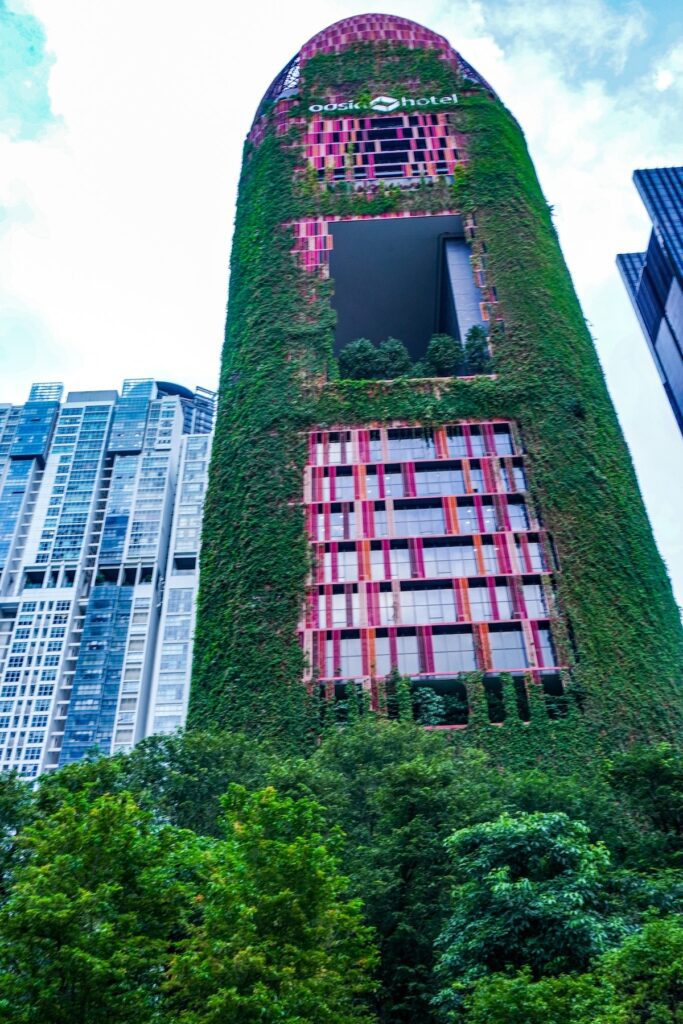
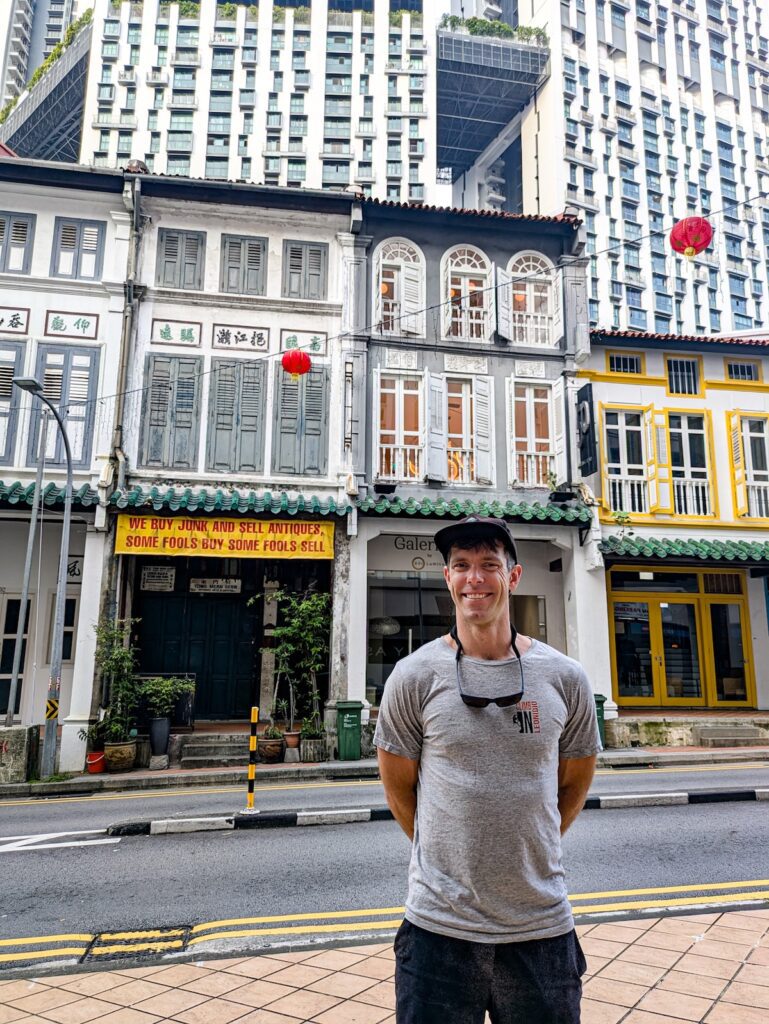
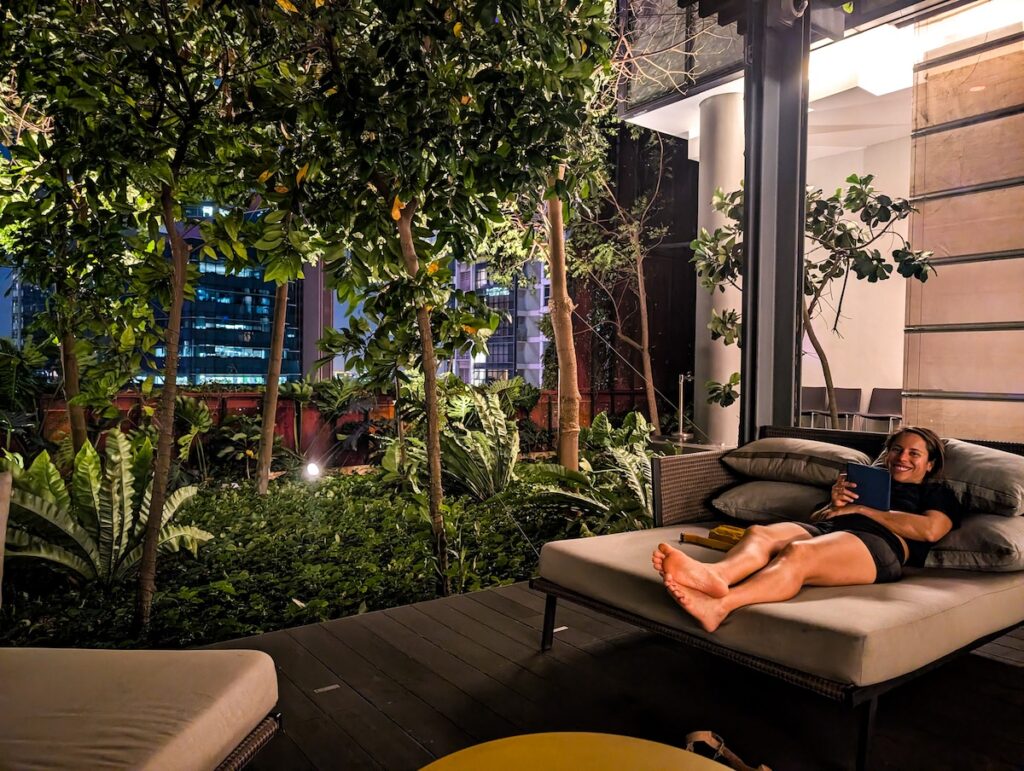
From Concrete to Canopy
Singapore has also preserved areas of wilderness that once engulfed the island. One day we went on a 10 mile hike through the middle of the city almost solely within nature. These jungle pockets are abundant with ancient trees and fauna. When you step inside, its easy to forget you are still within a metropolis. You can hear the sounds of bugs and birds – in part because Singapore is a quiet city.
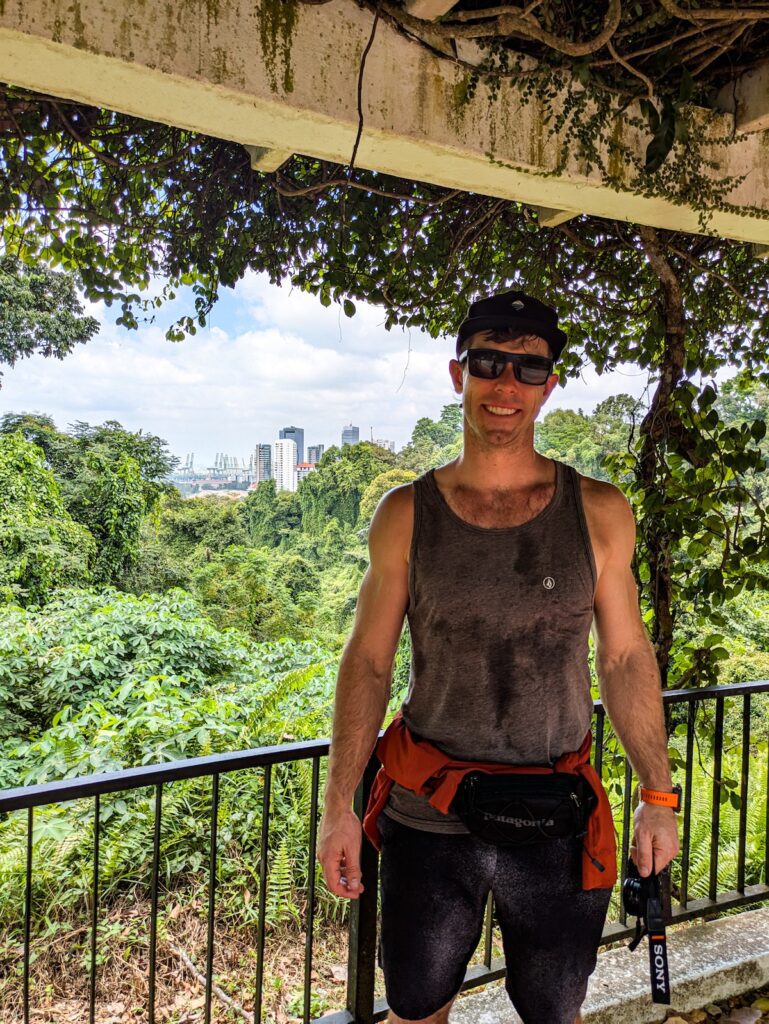
Cars in Singapore cost about 3x what you would pay in the US. And that’s not even to outright own the car, but to lease it from the government for 10 years. This means that there are very few cars on the road, excellent public transportation options, and low pollution.
Clean Streets, Clear Rules
We did feel a slight sense of sterility there. Perhaps it was the contrast with the hectic and edgy Saigon we had just come from, but nonetheless it was palpable. Singapore is notorious for being the “city of fines”. Chewing gum is illegal and littering fines will run you a thousand dollars. Furthermore, safety seems to be a prized value. We asked a few Singaporeans what their favorite thing about living there was. Without hesitation, each responded “safety” – from crime, from pollution, from inter-country conflict.
The government’s autocratic rule limits some personal freedoms but has so far managed to keep the people content with the tradeoffs of prosperity and stability.
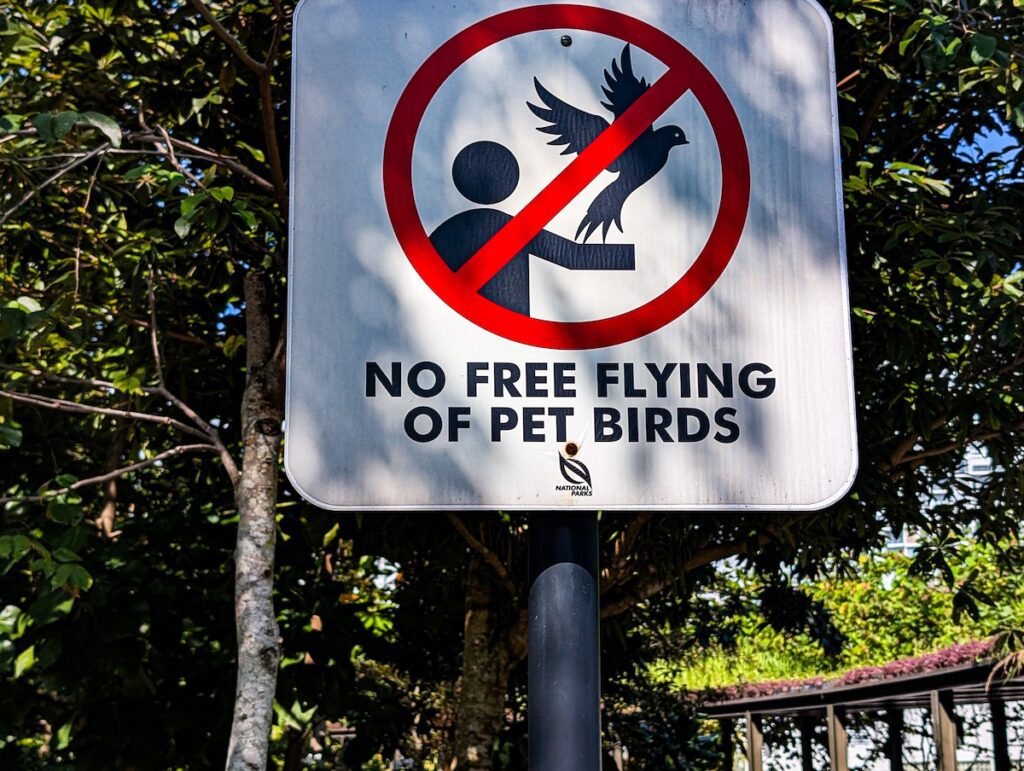
The Soul of Singapore
The places we experienced the most vibrancy were the hawker centres. These football stadium sized buildings are filled with dozens of small 10 X 10 ft independently run food stalls selling specialty dishes for affordable prices. Beloved among Singaporeans and tourists alike, they are constantly bustling and lively, with long queues for favorite places. Some of which have Michelin recognition. The dining experience is reminiscent of being back in an elementary school cafeteria. You get your tray of food, stake out a place at a communal orange table with benched seating, and dig in with abandon.
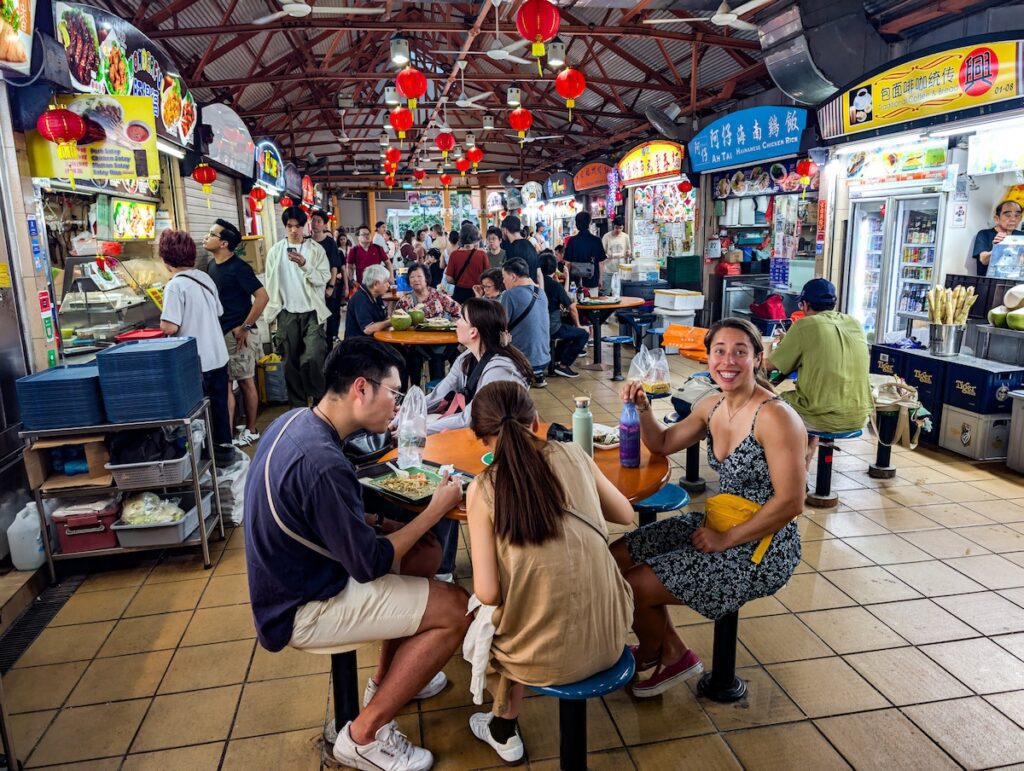
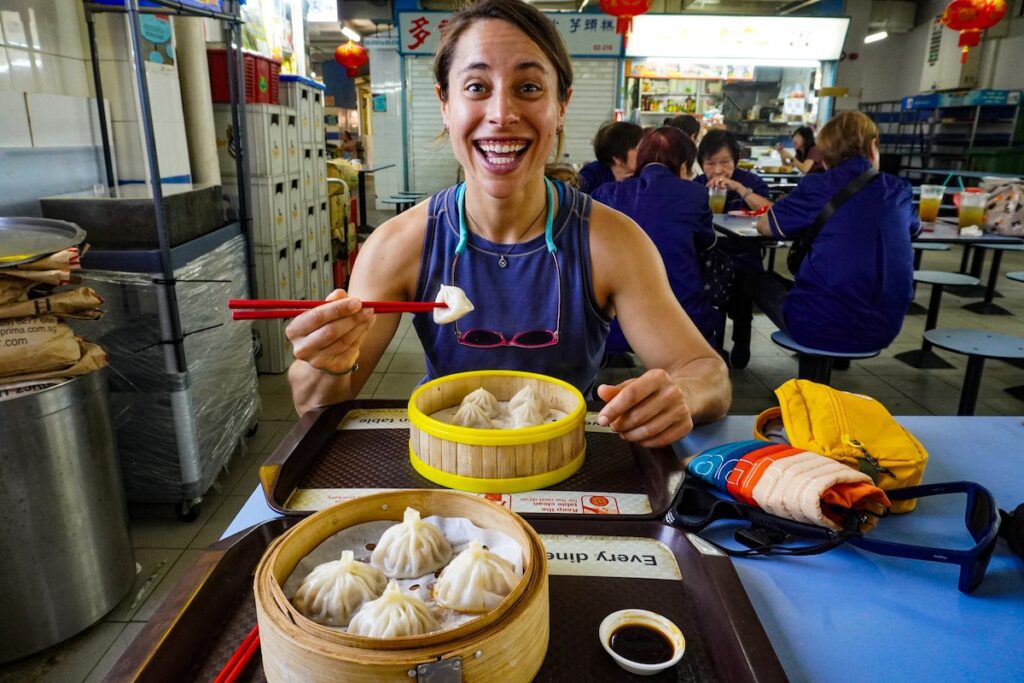
We loved it. We had all of our meals at these hawker centers and tried many of the most famous dishes. Our favorite cuisine was probably Indonesian, and we had some of the best chicken – spicy green chili – I’ve ever tried.
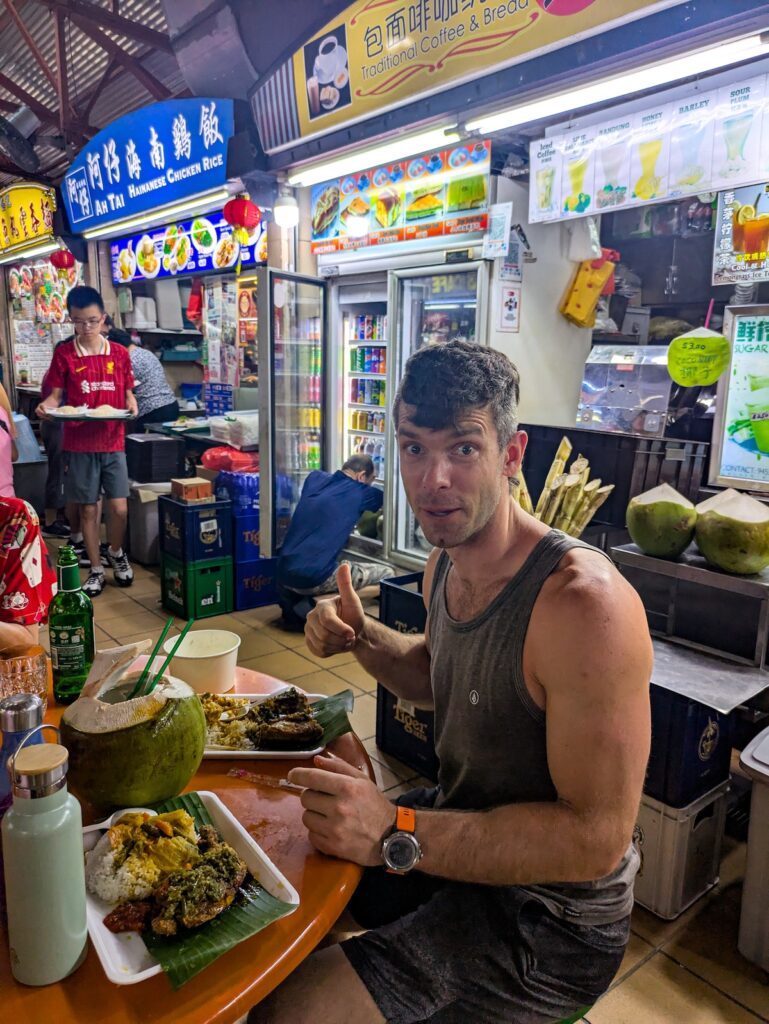
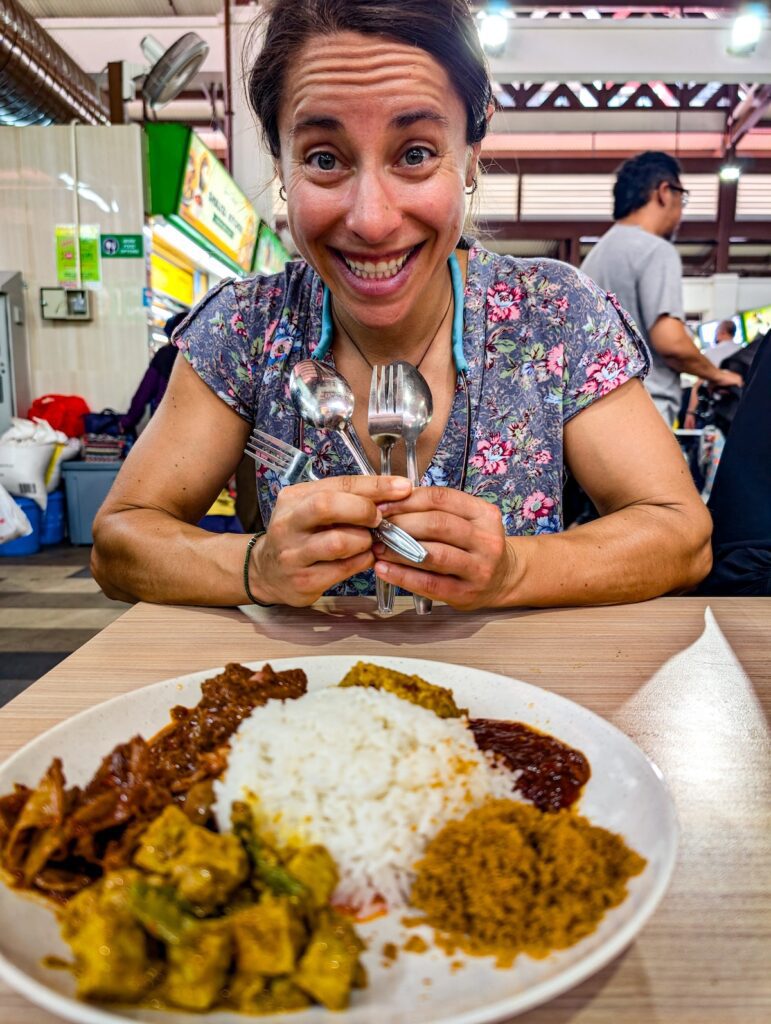
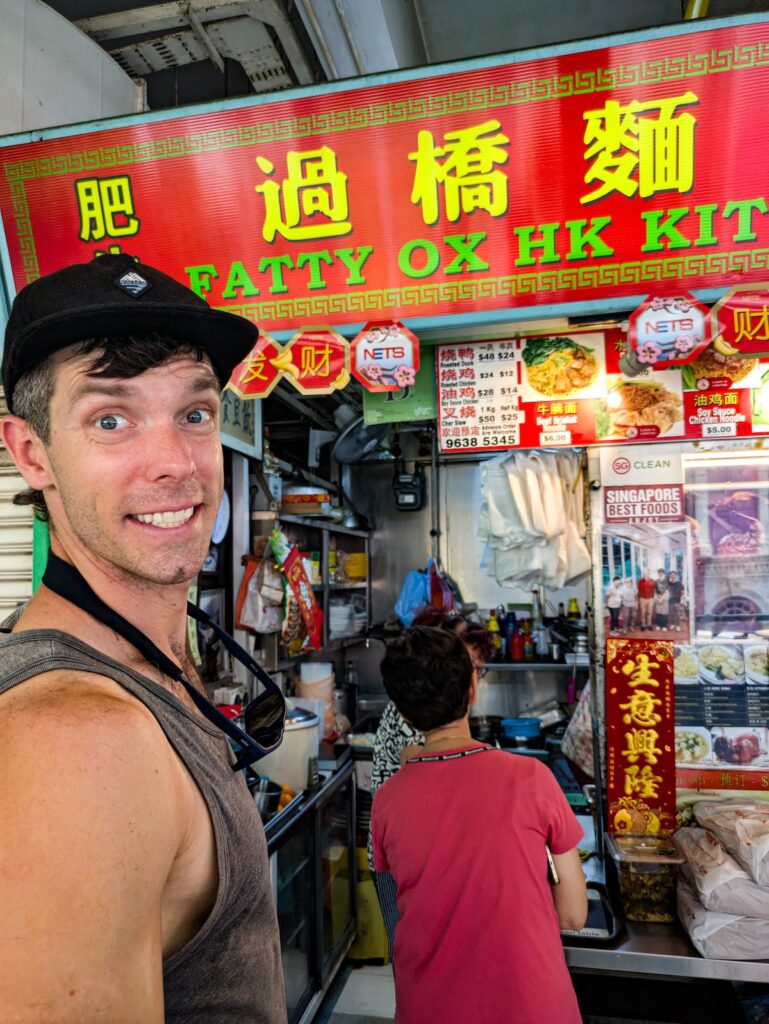
A City Best Sampled
Given its small size, there is not a whole lot of reason for us to go back to Singapore for a visit in and of itself – but it would make a great layover spot for a few days! We would be thrilled to enjoy the food and enjoyable city strolling again one day.
This blog is part of a three-part series on our trip to Asia where we travelled for a few weeks with Jeff’s dad, Greg; we also visited Ho Chi Minh and Hong Kong!
Hi, Rose! I’m not sure exactly what to say, to be honest lol. I just stumbled on this blog and am currently binge-reading all of your posts. It’s really interesting seeing what you have to say on all these travel destinations. I went to Singapore for a little bit and yea, it’s such a green and diverse city! A bit small, but a very nice place to live.
Keep up with the posts. They’re great at capturing what’s different about all the places you go to!